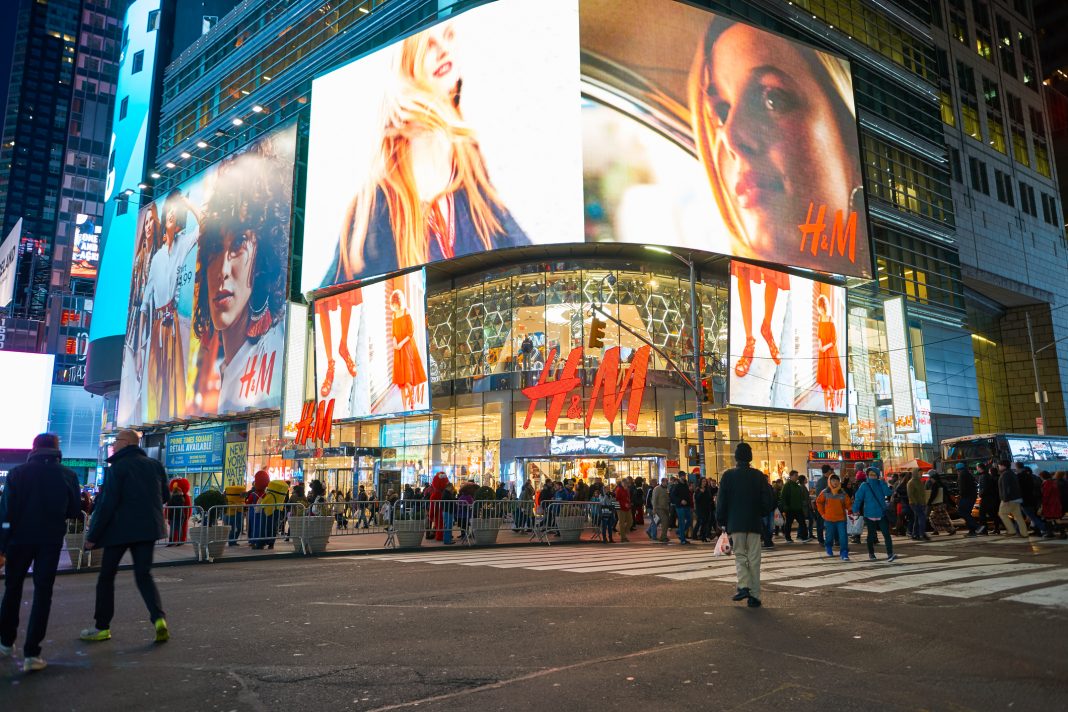To combat mass production in fashion, researchers suggest a shift to mass customisation instead – which could work, if consumers are willing to wait for it
The current solution to the sustainability crisis of the fashion industry revolves around consuming less, incorporating large disposal fees, and recycling more.
Though these actions could benefit the planet under some circumstances, the fashion industry continues to generate far more inventory than it sells – consuming and polluting more of the planet’s resources than necessary, producing around 10% of the world’s greenhouse gas emissions.
Most excess or unwanted fashion ends up in landfills or is burned, only furthering the massive impact on the environment which it already produces.
Looking at sustainable methods to combat gross production, researchers analyse the benefits of mass customisation, where customers order clothing made to their own style tastes and measurements, which could mark a solution to overproduction.
Customised garments could profit the environment and businesses
The current logistical challenges of tailoring garments to individual consumers requests results in very lengthy manufacturing waiting times, which has consequentially discouraged most businesses from adopting mass customisation.
However, according to a new study by UC Riverside researchers and Pennsylvania State University, under the right circumstances, mass customisation can generate higher profits and reduce environmental waste considerably.
Customers who are willing to wait for personalised clothing from a company that both mass produces and mass customises garments can make the fashion industry more environmentally sustainable, but apparently, only when overproduction is a large problem.
The authors developed an analytical model of a mass production firm that went hybrid after adopting mass customisation – modelling product variety, price, and inventory decisions the firm makes to maximise its profits, they found that when customers were persuaded to wait longer for customised garments, the benefit of mass customisation increased unequivocally.
The advantage also recognisably increased when policymakers aimed high disposal fees or costly recycling programs at firms with a low cost of product variety, such as fast-fashion brands like H&M.
This action deterred overproduction and targeted businesses with a high cost of product variety, as seen with most luxury brands, obtaining technology which would make recycling profitable, which is a large consumer preference.
Combatting fast fashion with new manufacturing techniques
In some circumstances, the study found that diverging demands of mass production and mass customisation caused the business to overproduce. This could be seen with a hypothetical denim company which mass produces a quantity of jeans that usually sell out each season.
Switching to custom made production in fashion could also, however, make environmental matters worse. On this occasion, researchers found that for hybrid mass customisation and mass production to be profitable for the firm – as well as environmentally beneficial – companies have to obtain balance between the two production techniques.
However, before adopting mass customisation, they suggest that companies need to consider that the practice can ultimately make overproduction worse and sustainability an even more unobtainable goal than it already is.
“Mass customisation can be helpful or hurtful”
Adem Orsdemir, a professor of operations and supply chain management in UCR’s School of Business, said: “If you can promote it as a sustainable way of producing fashion goods and increase the customer’s patience with waiting, mass customization is more likely to become a win-win.
“Mass customization can be helpful or hurtful. The bottom line is it’s helpful when there’s a lot of overproduction. Mass customization can improve that. But when overproduction isn’t really a problem, mass customization can make overproduction worse.”
Other issues with this process may arise from the consumer costs, where most consumers of fast fashion purchase this clothing option due to the cheap costs and efficient access they have of it. Mass customisation may be a more expensive, less accessible option for those interested in fashion.
The authors state that their findings may also be applicable to other industries where overproduction creates environmental problems.











